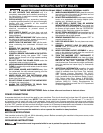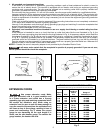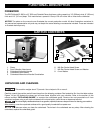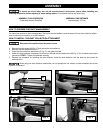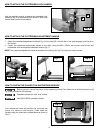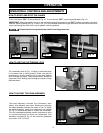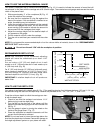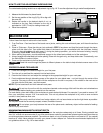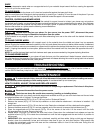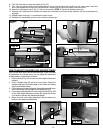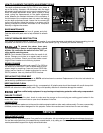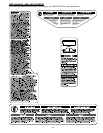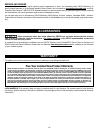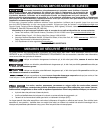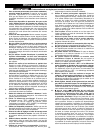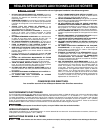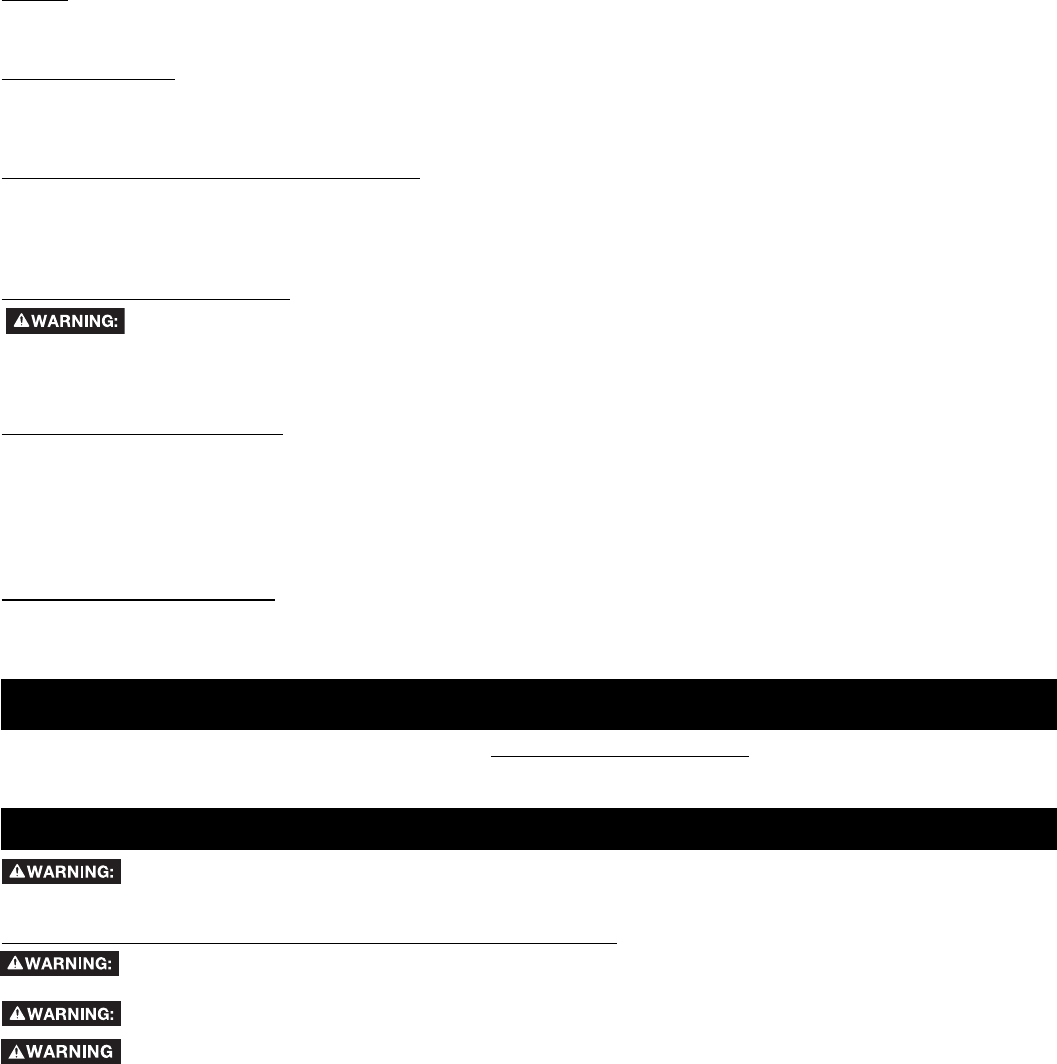
SNIPE
Snipe is a depression made when an unsupported end of your material drops toward the oor, causing the opposite
end to lift up into the cutter head.
TO AVOID SNIPE
Feed the workpiece into the planer so it is level and remains at against the base at all times.
Keep the workpiece level throughout planing operation by receiving or “catching” it from the rear of the planer. If you are
planing material that is especially long, the use of additional material support is recommended.
TWISTED, CUPPED AND BOWED WOOD
If both sides of your material are very rough or if the material is cupped, bowed or twisted, your planer may not produce
the desired result. Ideally, you should have at least one level face/surface on your material before you plane. Your thickness
planer will work best with material that has been run through a jointer to produce one at surface. If you do not have at
least one at surface or a jointer, see the following recommendations.
TO PLANE TWISTED WOOD
Twisted wood may jam your planer. If a jam occurs, turn the power “OFF”, disconnect the power
supply and raise the carriage to release the workpiece from the cutter.
If your material is only slightly twisted, plane both sides alternating from one to the other until the desired thickness is
reached.
TO PLANE CUPPED WOOD
To obtain the best possible results with cupped wood, rip the material down the middle and plane it as two separate
pieces. Ripping the material reduces the severity of the cup and allows the machine to deliver better results. Understand
that you will have to remove more material on cupped wood to achieve the desired thickness than you would on a normal
board. If ripping the material is not an option, plane one side of the material until at, then plane the opposite side until it
is also at.
NOTE: Do not ip the board back and forth between each pass as recommended by the general planing directions.
TO PLANE BOWED WOOD
The feed rollers and cutter head in your planer will push the bow out of the material as it feeds. However, when the mate-
rial exits the planer, the pressure of the rollers and cutterhead will release allowing the wood to spring back into a bowed
formation. To properly remove the bow, use a jointer.
TROUBLESHOOTING
For assistance with your machine, visit our website at www.deltaportercable.com for a list of service centers or
call the DELTA Machinery help line at 1-800-223-7278 (In Canada call 1-800-463-3582).
MAINTENANCE
To reduce the risk of injury, turn unit off and disconnect it from power source before installing and remov-
ing accessories, before adjusting or when making repairs. An accidental start-up can cause injury.
HOW TO CHECK, ADJUST, CLEAN AND REPLACE KNIVES
Wear gloves when you remove the knives for sharpening or replacement. The knives in this planer
are very sharp.
Disconnect the machine from the power source.
The knives are sharp. Be careful when removing, handling, or installing knives.
The knives supplied with your planer are double edged and reversible so that you can turn the knives end-for-end when
one edge becomes dull or chipped. To change the knives:
1. Raise the head assembly (B) Fig. 19 to 4" (102 mm) on the “Scale and Pointer”.
2. Remove the screws (A) Fig. 19. Pull the chip deflector or dust collection attachment – whichever is installed – (B)
straight out.
3. Insert the supplied wrench (C) Fig. 20 into the hex hole. Rotate the cutterhead until the cutterhead lock engages.
4. Remove the seven screws (E) Fig. 21 and use magnetic end of the wrench to remove the hold-down bar (F).
5. Place the magnetized end of the wrench (G) Fig. 22 at the center of the knife. Lift the wrench until the knife
(H) separates from the pins. Remove the knife.
6. Repeat steps 3 through 5 to remove the other two knives. Press down the cutterhead lock release and use the
supplied wrench (C) Fig. 20 to rotate the cutterhead lock until the lock engages and the next knife is in position to
be removed.
7. IMPORTANT: After removing all knives from cutterhead, carefully set them aside. Using a cloth rag and isopropyl
alcohol, clean the cutterhead, knives and hold-down bars free of gum, tar and pitch residue. Take special care
to clean the cutterhead under the knife area and the cutterhead radius in front of the knife area. Doing this will
increase the life of your planer.
12



